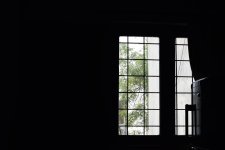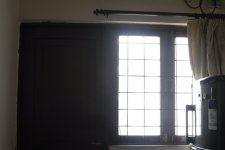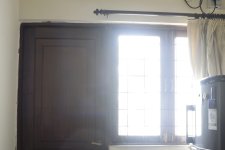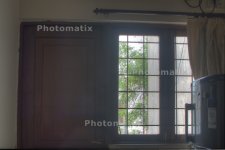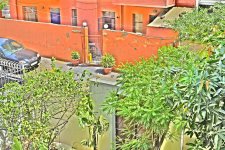So I should use exposure compensation rather than simply adjusting the exposure?
Same thing. Using the exposure compensation is just a little easier.
So I should use exposure compensation rather than simply adjusting the exposure?
Same thing. Using the exposure compensation is just a little easier.
